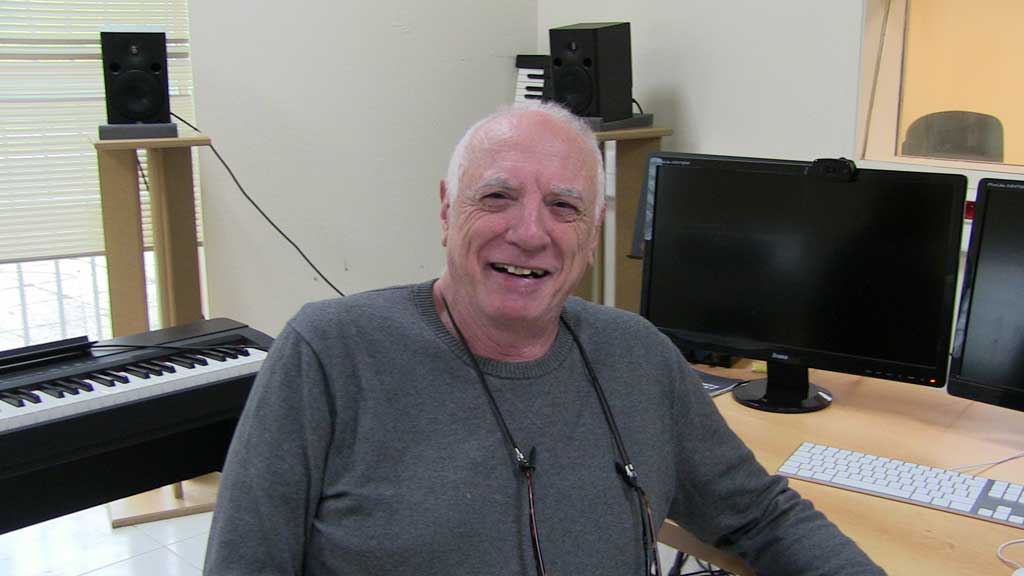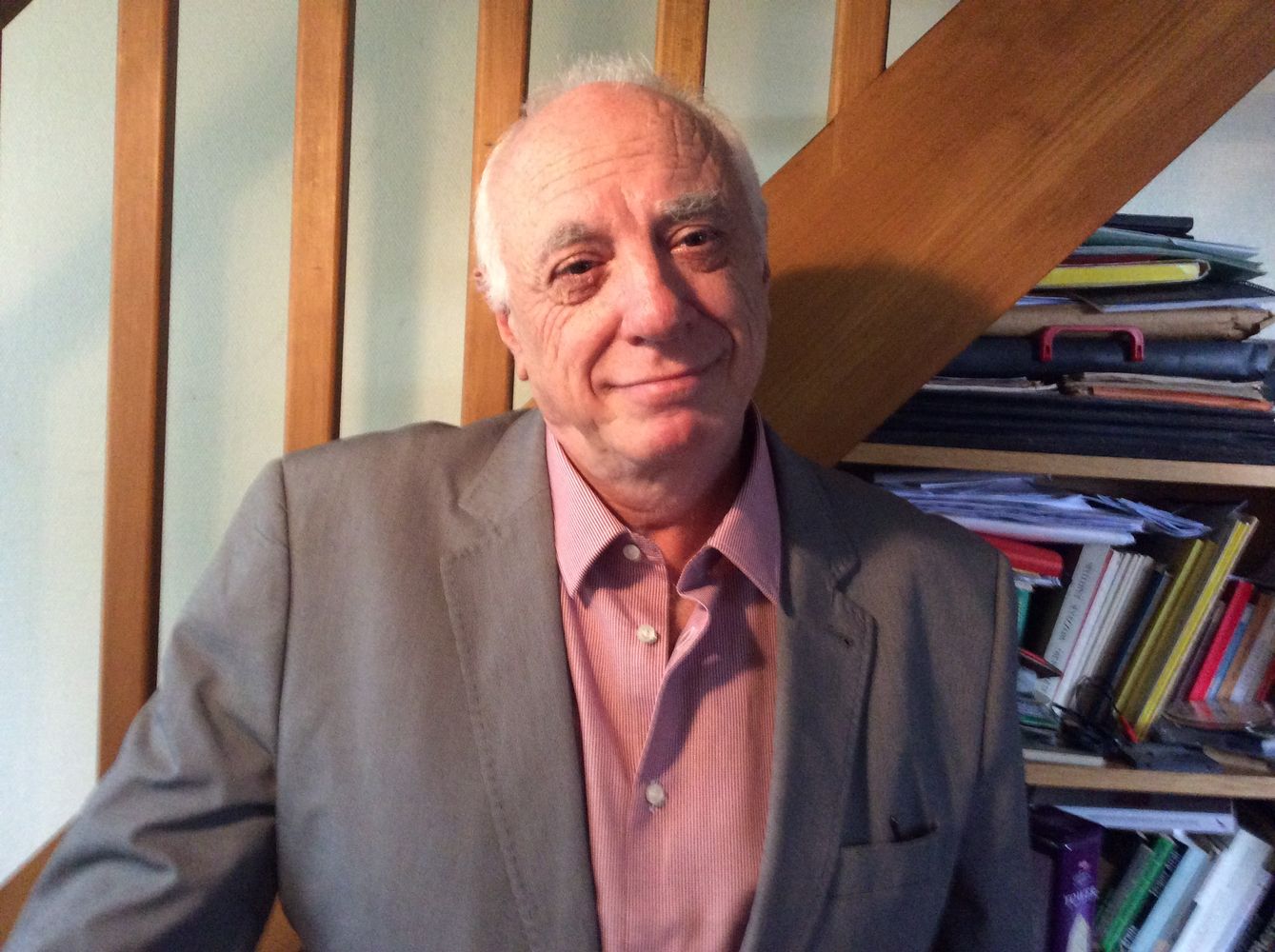Contents
The encounter between the sound on one side and the creator on the other side is a magical unique moment. It is impossible to replace or change this sound for another one. Why is that? As George Berkeley used to say, the taste of an apple is not contained within the apple itself, nor is it in our tongue; it is the relationship between the two that generates its taste. Replace the sound with another one and you will have changed the universe of things happening and interacting in between. Musical sound is not only a vibration; it’s a detonator of feelings and associations.
That is why electroacoustic music is the antipodes of algebra; the latter seeks for variables designating exchangeable objects of this world, while our discipline looks for irreplaceable sounds triggering the feelings of the listeners. Finding these sounds means recognizing who you are while also recognizing the technique that is required for its development, the form of the future work and also the public that will thrill and resonate with the work. All of this is made obvious when the miraculous instant occurs when the composer and the sound come together.
From this encounter between the two there arises a creative gesture that is both individual and universal; unknowingly and unintentionally we compose for all people and for all ages.
As a consequence, my philosophy of electroacoustic music composition is not merely grounded on the absolute value of sound materials, nor in the techniques of production and the processing of sound. What is essential to me is what happens between sound materials, the interactions between them and the countless effects that emerge from them.
ABOUT THE COURSES
The weekly virtual courses are individual. The duration of each course depends on its content but it will last at least forty minutes. The composers who work with me first send me their exercises that I analyse and discuss with them during the course. All this is done taking into account the composition of a piece.
For registration, go to ricardomandolini@gmail.com.
Virtual courses are delivered through Skype by ricardo.mandolini@club-internet.fr
Complete works are later on downloaded in our international composers’ Facebook group Thinking the praxis of electroacoustic music (please look up our Facebook page USP or our profile Univers Sonores Parallèles).
Independently from the course, I am now working on several videos as a complement to the electroacoustic music composition based in ProTools. These videos will soon be available on line.


PEDAGOGICAL MATERIAL TO DOWNLOAD
From my very last work EL GESTO PETRIFICADO (THE PETRIFIED GESTURE) I make available the analysis of sound materials and automatic functions of its composition. I propose three packages of materials in order of increasing difficulty:
- The first contains a stereo reduction of the work with an accompanying video, also enclosing the 11-second recording of Adriana Bedikian’s voice on which the whole work is based.
- In the second one, in addition to these materials, I have included the original octophonic version.
- The third one, which is the one I recommend to optimize learning, contains, in addition to the materials indicated above, the automatic curves of the Freeze Plug-in, reverb and delays parameters, which allows to follow the entire genesis of the work, just analyzing the video or studying the waveform window of ProTools.
In the three packages I attach a musical analysis of the work. In pack 3 there is also a detailed technical analysis of automation management, basic for the composition.
RESEARCH
Musical heuristics – for a new musicology
In my contribution to the European musical analysis congress EuroMac 9 (28.06 – 01.07.2017, Strasbourg University) I outlined the main guidelines of my theory on musical heuristics, result of my recent researches. In this work I postulate the relevant and unavoidable role of fictions, understood as an indemonstrable creation of the imagination, applied to musical analysis.
From a philosophical point of view, fictions give meaning to our actions because they assemble them into a global project and give them a methodology, things that, as Kant explains in The Critique of Pure Reason, simple understanding cannot accomplish. Fictions emanate from our temporality, giving meaning to our present as a dynamic towards what we are not yet (what Husserl calls “intentionality”) and at the same time, as a result of what we have already ceased to be. Facing the contingency of the future and the irrevocability of the past, we have to recognize their ontological heterogeneity, since we are being defined simultaneously by acts, rich in imponderable contingencies, and by facts, from which endless interpretations come out.
As Borges said:
"Time is the substance of which I am made. Time is a river that snatches me, but I am the river; it is a tiger that devours me, but I am the tiger; it is a fire that consumes me, but I am the fire." [2]
In terms of musical analysis, the score and the musical work belong respectively to these different ontological levels I’m speaking about. Thus, as a set of instructions for the performance of the work, the score is a quantitative overlap of dissociated parameters. The work, on the other hand, is a dynamic interaction of indissociable parameters that are continuously transformed. Following the complexity theory of Morin, we can define the musical work as a system : “interrelationship between elements configurating a unit or a global unit”
As a whole, the work is greater than the addition of its different parts; here we have to take into account the imponderable emergencies that the interpretation brings (Example: the particular resonance of the concert room, interacting with the music). These emergencies, which do not exist before the interpretation, characterize the different versions of the work.
Besides, the work as a whole is also smaller that the addition of its parts, if we consider the individual constraints, necessary for the configuration of the global form (Example: Each instrument has its individual characteristics of attack to produce sound. These differences dissapear in a tutti unisono).
Conclusion
It is thus clear that in the relation of the work to the score, the whole is bigger and at the same time smaller than the addition of its parts. This assertion denies the Aristotelian non-contradiction pinciple, demonstrating in indisputable way the inefficency of discursive reasoning to explain the whole complexity of music.
This last observation should lead us to the inclusion of fictions in musical analysis, trying in this way to introduce a renowal in the musicologic field.
[1] Ricardo MANDOLINI, Heuristique musicale - Contributions verser nouvelle discipline musicologique. Éditions Delatour France – 2012. [2] Jorge Luis BORGES, "New Refutation of Time" in Other Inquiries, Sur, Buenos Aires, 1952. [3] Edgar MORIN , La méthode, I. « La nature de la nature », Editions du Seuil, 1977, p. 101.

